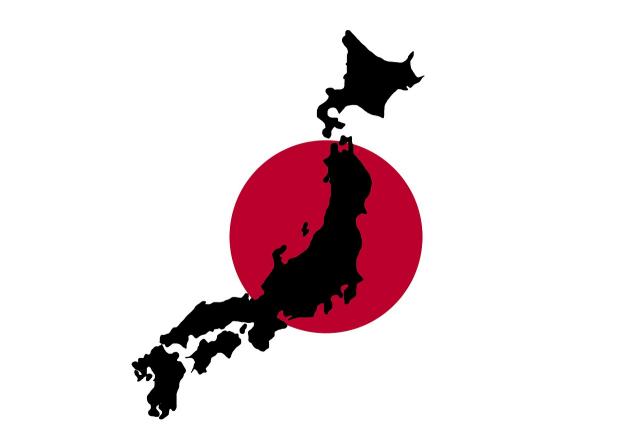Food Allergy Labels in Japan
Our next Allergy Awareness Week article focuses on the laws behind allergy labelling in Japan. Whether living or travelling to Japan, it is important to understand what must be included in the labels and how it differs to your local country. For other allergy label articles check out Food Allergy Labels in USA and Food Allergy Labels in the EU.
Just as the EU and USA, food labels in Japan too must state food allergy information, and this has been in place since 2002, however differences do exist as "may contain" labels are prohibited whereas cautionary information such as "Made in a factory that handles nuts" are allowed. Also the mandatory allergens that must be shown are different to the EU and USA. Due to differences in types of food allergy, the law stipulates that Japanese food products must state the following 5 antigens: egg, peanut, buckwheat, milk, wheat. Shrimp and crab were also added to this list in 2008 You will notice that soy, nuts and sulphites (sulfites) are not included on this list. The level at which antigens must be stated on food labels has be set at equal to or more than more than 10 micrograms of antigen protein per gram of food.
In addition to the mandatory list of antigens that must be expressed, a list of recommended antigens to be stated exists, which originally consisted of; walnut, abalone, squid, orange, salmon roe, salmon, beef, kiwi, mackerel, chicken, soybean, banana, peach, pork, apple, matsutake mushroom, yam and gelatin. This recommended antigen list was updated in 2013 to include sesame and cashew nuts.
Again we feel these articles are important for those who travel to new areas, as allergy food labelling differs from country to country. We hope that this information will help to keep you travelling with allergies safely.

